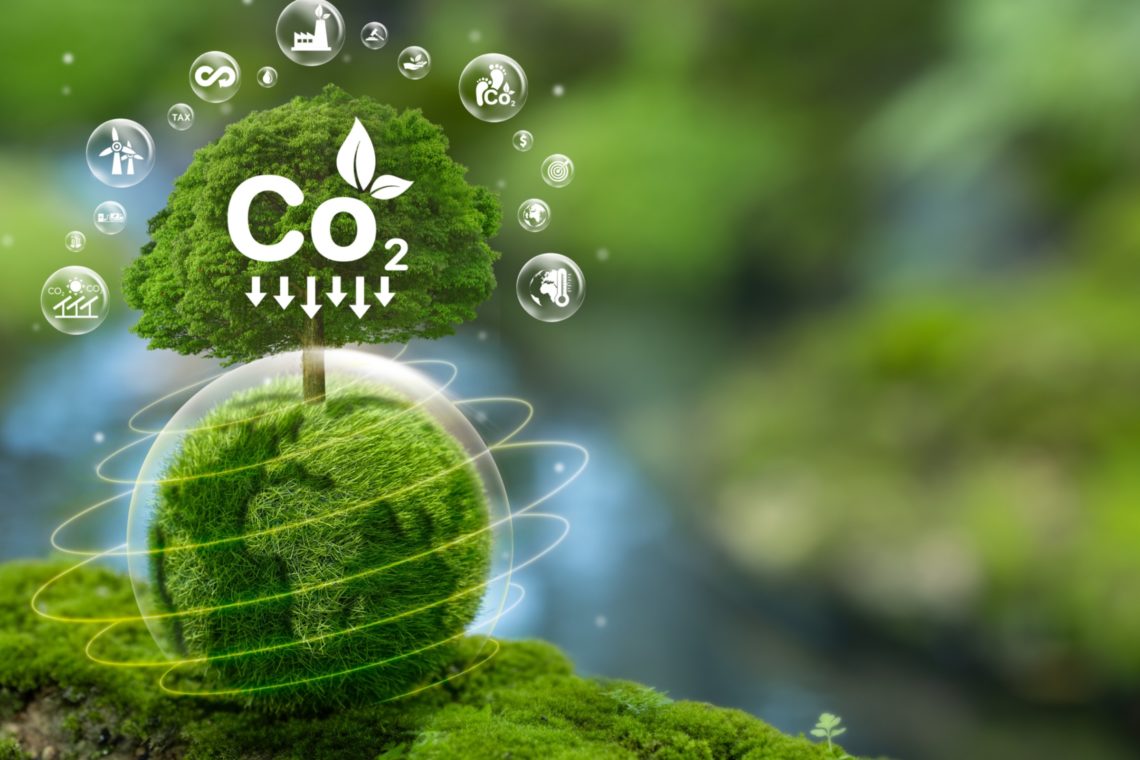Scientists at ETH Zurich have developed a new kind of material that doesn’t just sit there. It actually lives, grows, and pulls carbon dioxide straight from the air. This living material was designed in collaboration across biology, chemistry, and engineering disciplines and could offer a new low-energy method for carbon capture in architecture and design.
At its core, the material is a water-rich hydrogel filled with cyanobacteria, one of the oldest life forms on Earth. These microorganisms are experts at photosynthesis and can operate even under low light. Inside the gel, they absorb CO2, convert it into biomass, and trigger the formation of solid carbonates, which store carbon in a stable mineral form.
This gives the material a second method of capturing CO2 that is longer-lasting than biological growth alone. The hydrogel has been carefully designed to support microbial life, too, as it transmits light and allows water and nutrients to flow, enabling the bacteria to remain active for over 400 days in lab tests. To enhance performance, the team used 3D printing to create high-surface-area shapes that allow deeper light penetration and efficient nutrient distribution.
The overall result is a soft material that gradually hardens as minerals build up within it to form a literal living structure that strengthens over time. Beyond the lab, this material has already made its architectural debut. In Venice, structures printed from the hydrogel were assembled into three-meter-tall columns for the Architecture Biennale. These pieces can each capture up to 18 kilograms of CO2 per year, similar to a young pine tree.
Another project in Milan looks at how the living material can be used as a coating on wood, turning microbial growth into a visible design feature. The reason this stands out from traditional carbon-capture approaches by being passive, scalable, and visually expressive. Instead of relying on large industrial systems or harsh chemicals, it harnesses biology itself to capture carbon quietly and continuously.
Researchers say it could one day be integrated into buildings to reduce their environmental impact throughout their life cycle. A study on the material is published in Nature Communications.
The post Scientists created a ‘living’ material that sucks CO2 out of the air appeared first on BGR.




